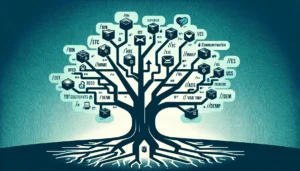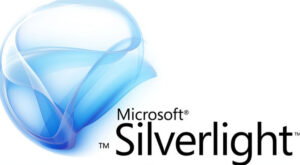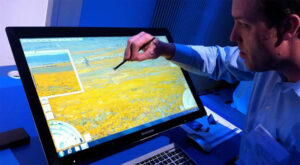
The Linux operating system has been at the center of one of the most significant legal battles in the tech industry: the dispute between The SCO Group (SCO) and IBM. This high-stakes legal showdown, which began in the early 2000s, revolved around allegations of intellectual property violations, copyright infringement, and the open-source nature of Linux. In this article, we’ll explore the background, key events, and the broader implications of the SCO vs. IBM case.
Background
The SCO Group, a software company formerly known as Caldera International, owned the rights to Unix, a widely used operating system. In March 2003, SCO filed a lawsuit against IBM, alleging that IBM had incorporated Unix code into the Linux operating system without authorization. The heart of SCO’s claim was that IBM’s contributions to Linux violated its intellectual property rights, specifically in regard to Unix System V code.
Key Events
- SCO’s Lawsuit Against IBM (2003): SCO’s lawsuit marked the beginning of the legal battle. SCO sought $1 billion in damages from IBM, claiming that IBM had violated its Unix copyrights and that Linux contained protected Unix code.
- Expansion of Lawsuits (2003 – 2004): SCO escalated the legal war by sending letters to numerous other companies, warning them that they might be using Linux illegally. This created uncertainty and fear within the Linux community and led to some companies paying licensing fees to SCO.
- IBM’s Counterclaims (2003): IBM countersued SCO, alleging that SCO was in breach of its obligations as a member of the UnitedLinux consortium. IBM accused SCO of making unfounded claims about its Unix IP rights and attempting to disrupt the Linux market.
- Novell’s Involvement (2004): Novell, a previous owner of Unix, entered the fray by disputing SCO’s claims of Unix copyright ownership. Novell argued that it retained certain Unix copyrights and that SCO had no basis for its lawsuits.
- Groklaw and Community Response: The Linux community rallied to support Linux’s legality. The website Groklaw, established by Pamela Jones, provided detailed analysis and legal commentary on the case, aiding the Linux community’s defense.
- Outcome of the Case (2010): After years of legal battles and a lack of concrete evidence supporting SCO’s claims, the case ultimately ended with a victory for IBM and the open-source community. The court ruled that SCO did not have a valid case, and the allegations against IBM were unfounded.
Implications
The SCO vs. IBM case had several significant implications:
- Defense of Open Source: The case became a rallying point for the open-source community, highlighting the importance of protecting the collaborative and open nature of Linux and other open-source software.
- Clarification of Open-Source Licensing: The case clarified the boundaries of open-source licenses and their compatibility with proprietary software. It reinforced the credibility and legitimacy of open-source licensing.
- Protection of Linux: The case ultimately protected the integrity and legality of the Linux operating system, which continued to thrive and grow in popularity without the cloud of legal uncertainty.
- Setback for SCO: SCO’s reputation and business suffered as a result of the legal battle. The company filed for Chapter 11 bankruptcy in 2007.
Conclusion
The SCO vs. IBM battle over Linux was a landmark case that tested the strength and legality of open-source software. It demonstrated the resilience and unity of the open-source community and reinforced the principles of open-source licensing. Ultimately, the case was a victory for Linux and open source, preserving the free and collaborative nature of the software and allowing it to flourish in the technology landscape.



